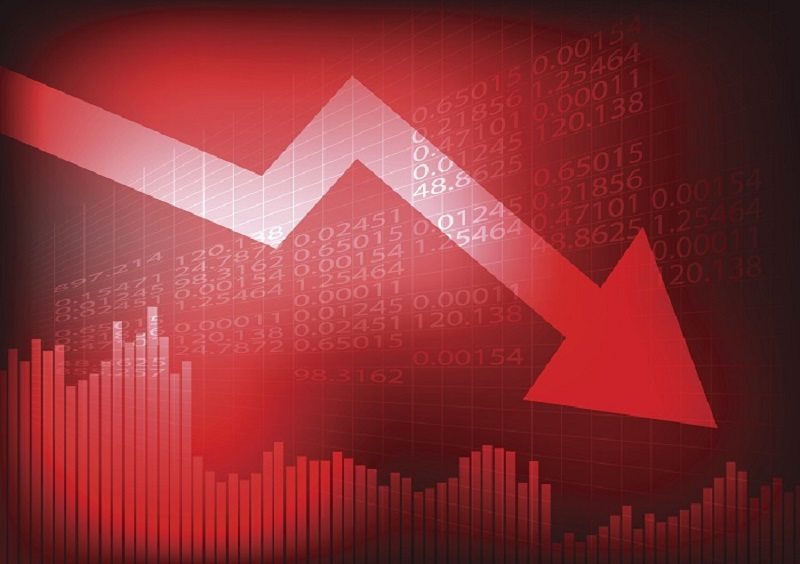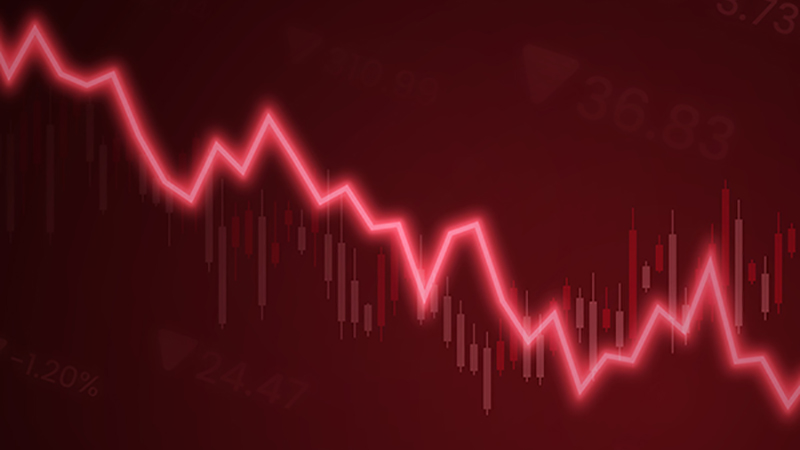Not only are most gold funds up over 20% year to date but commodities funds are, by and large, beating global equities at the moment. And, importantly, the correlations within the mining sector are beginning to change. An improving balance of global economic growth means that some commodities are being driven by developed world markets, while others continue to be driven by the emerging world, and China in particular.
This is creating a rather interesting landscape for investors, who are hoping that commodities might prove a good diversifier, as it provides the prospect not only of generating a good return but allows for a nuanced approach because the various commodities are no longer moving up or down in unison.
So what has changed?
The slowly improving fundamentals seen within developed markets, especially the US, has bolstered the demand side of the equation for a number of commodities, as has the fact that Chinese growth has not slowed as much as some were fearing it would. But, it is on the supply side of the equation that the most constructive changes are beginning to take place.
Catherine Raw, co-manager of the BlackRock World Mining Trust says she is currently rather positive on the mining sector on a three year view, which marks a change to where she was a year ago.
“For mining, I believe for some companies there really has been a proper change of religion. I am not as sceptical as I was a year ago. There is now the beginning of an understanding that there is an appropriate rate of investment and growth that enables management to properly focus and thus avoid cost inflation issues, delays, all the bad decisions that get made when you are in a rush and willing to just build anything.”
According to Raw, the fact that a company like BHP Billiton is talking about its reduced capex budgets providing a good balance between sustaining and growth capex or that a company like Goldcorp chose to step back from its bid for Osisko when another bidder came in, provides evidence that companies are beginning to get the message.
“Companies are beginning to understand that if they want their share price to be rated as the rest of the market and not permanently trade at a discount, they need to persuade the market it is worth taking the risk and therefore they need to reduce the risks they are taking and also need a higher dividend and provide a higher shareholder return,” she told Portfolio Adviser.
Charles Younes, analyst at FE Research added: “In the mining sector, there have been wholesale changes at the top, with in-coming chief executives making an effort to cut capital expenditure and create a more shareholder friendly environment. Rio Tinto and BHP Billiton are good examples, with both paying attractive dividends. This has made them increasingly popular with income investors, giving further support to share prices.”
However, says Raw, while this understanding is beginning to emerge across the sector, it is increasingly important to differentiate between bulk, base and precious metal miners.
With regards the precious metals sector, Raw says, on a three year view it looks good because companies have adjusted their respective cost bases to $1200 an ounce. And, if one’s view is that the gold price is going to average higher than $1,200 an ounces over the next few years, then equity returns should be good.
But she cautions: “My scepticism comes from the fact that there hasn’t been a technological change or a geological discovery to change the fundamental issue that grades are falling and therefore costs are likely to rise and if costs are likely to rise, then that sensitivity, that leverage that you want in a gold equity is potentially at risk in the longer term.”
In the base and bulk metals space, the picture is rather different. Capex cuts came sooner to the base metal sector than the bulks, largely because the problem of oversupply for commodities like zinc and aluminium hit that sector sooner. But, as a result of this, as demand picks up in various sectors, so the expectation is that the market for base metals should tighten up toward the end of the decade. Within the bulks, coal and iron ore, there remains a wall of supply still waiting to come to the market and the question for investors is more about how quickly miners can replace high cost with low cost production and to what level prices fall, than whether or not the market will tighten.
Putting it a slightly different way, Raw said: “It is two different stories, the gold sector has been in a much worse place than the rest of the sector and so the companies are now much more constrained with what they can do, versus the mining sector where in theory companies are still making money, it is just what they are doing with that cash flow that has been the question.”
Looking ahead
As Younes points out, On a historical basis miners and gold miners in particular are very cheap. A lot of companies were all about acquiring mines and nothing else, but they are now doing things a lot differently and being much more selective with their projects. The equity market is beginning to appreciate that, but we need to see more from management.”
“If that happens,” he says, “it’s a sector that could keep on giving in 2014.”
Raw is a little less positive about 2014, calling it a year of transition and looking more to 2015 as a year that mining equities are likely to perform.
“I start getting excited about metal prices moving more into 2016, so in the equity space we are looking toward the middle of next year. It is a question of what is the rate of growth in China now and has the supply side adjusted sufficiently? And, in base metals it feels like it has.











